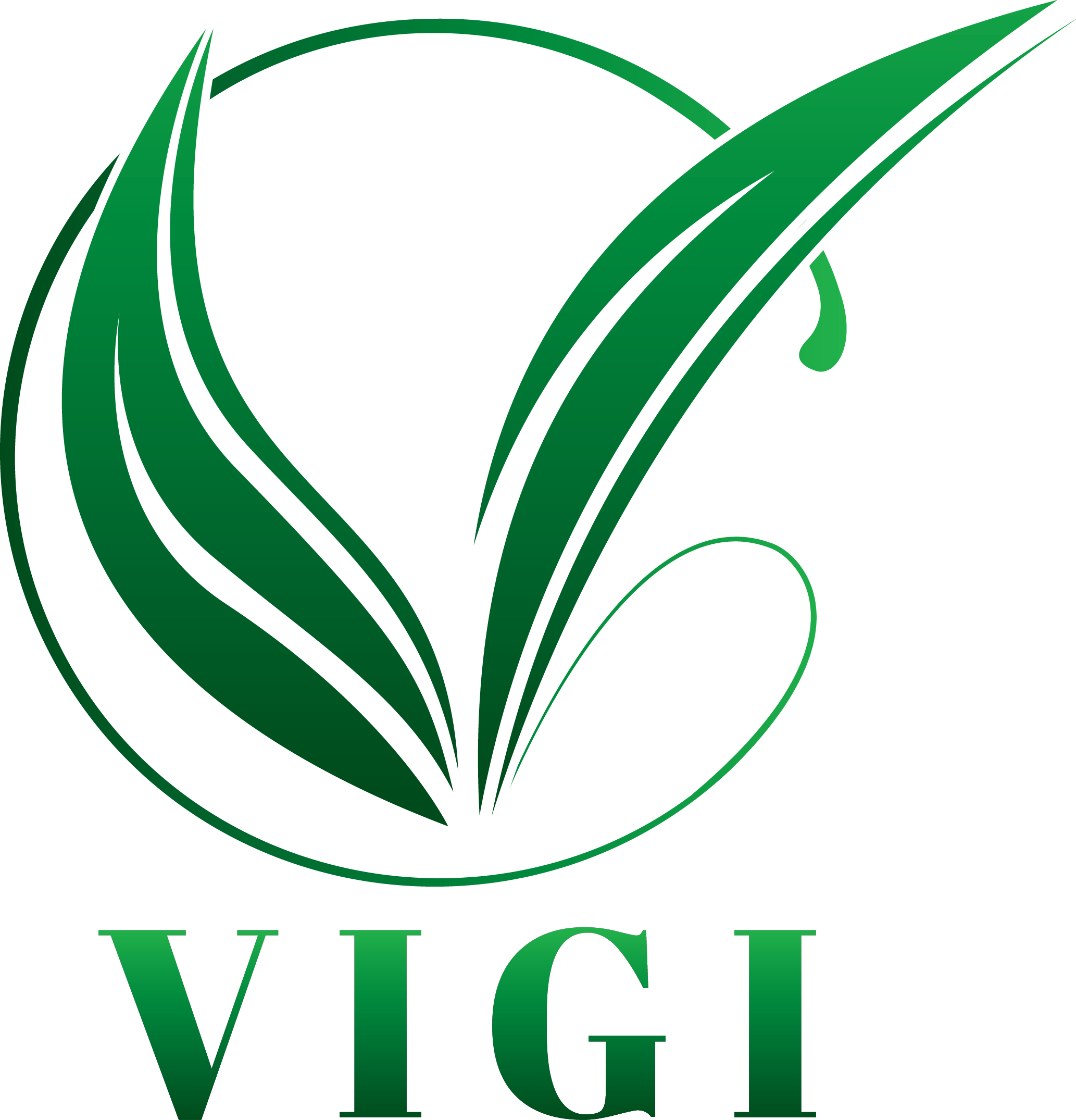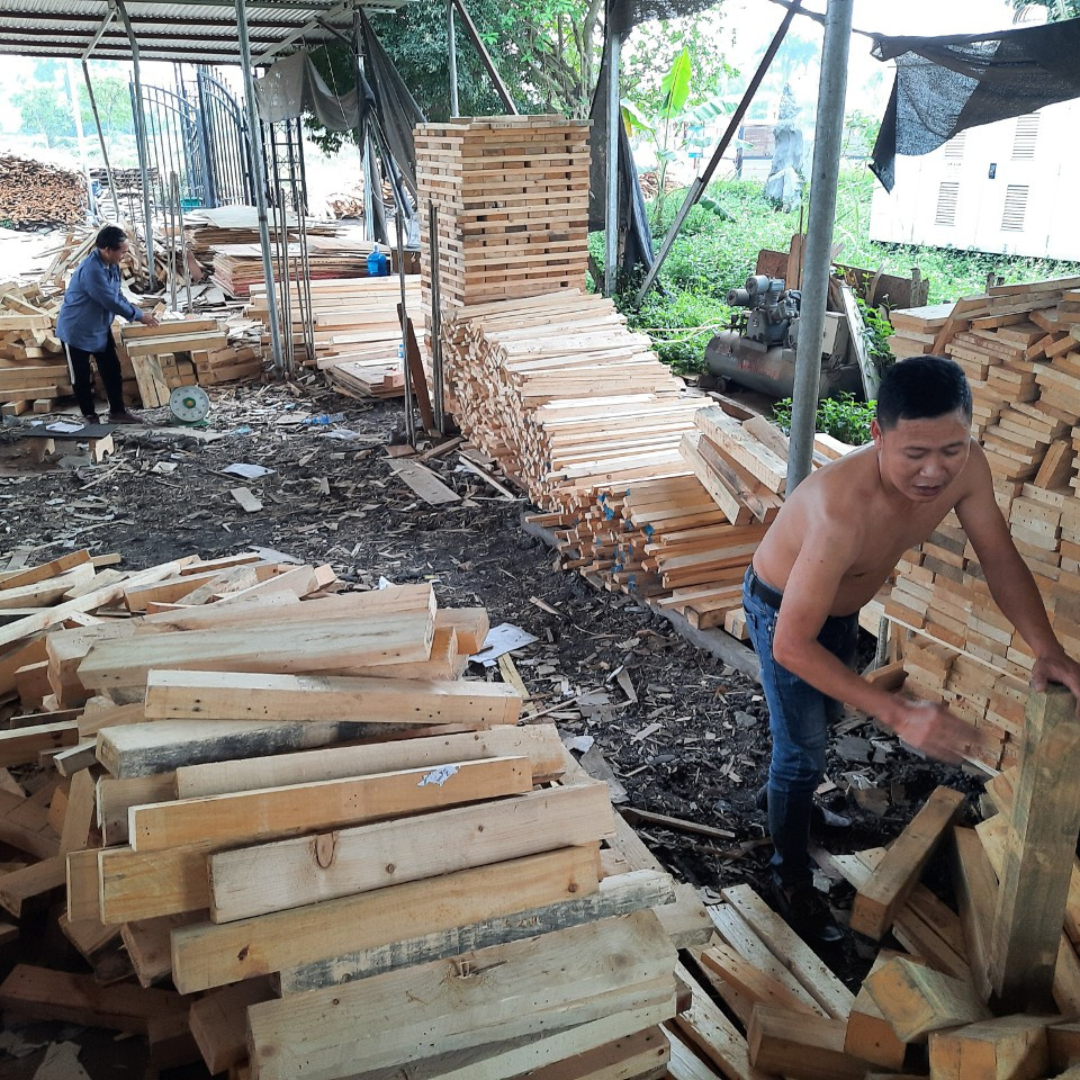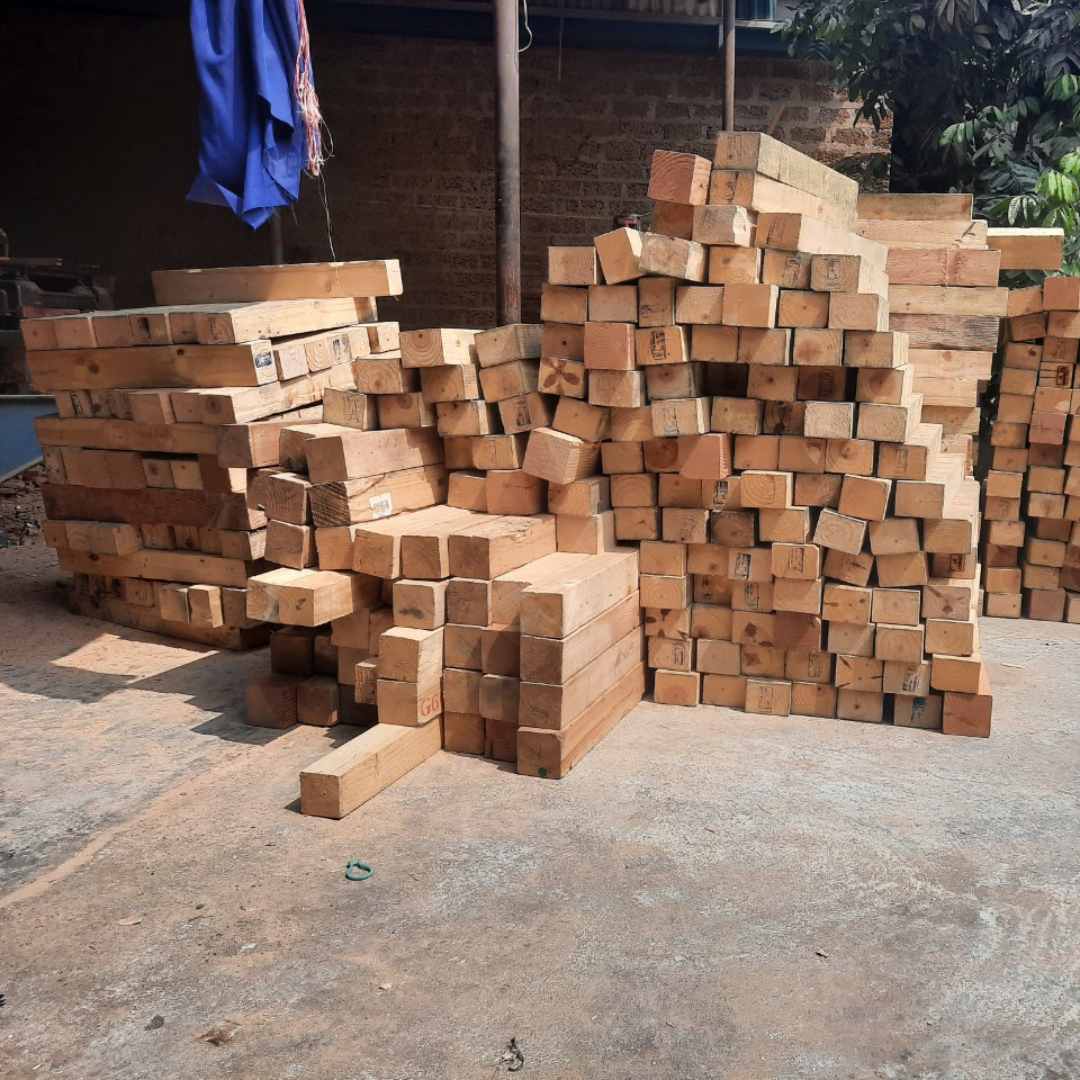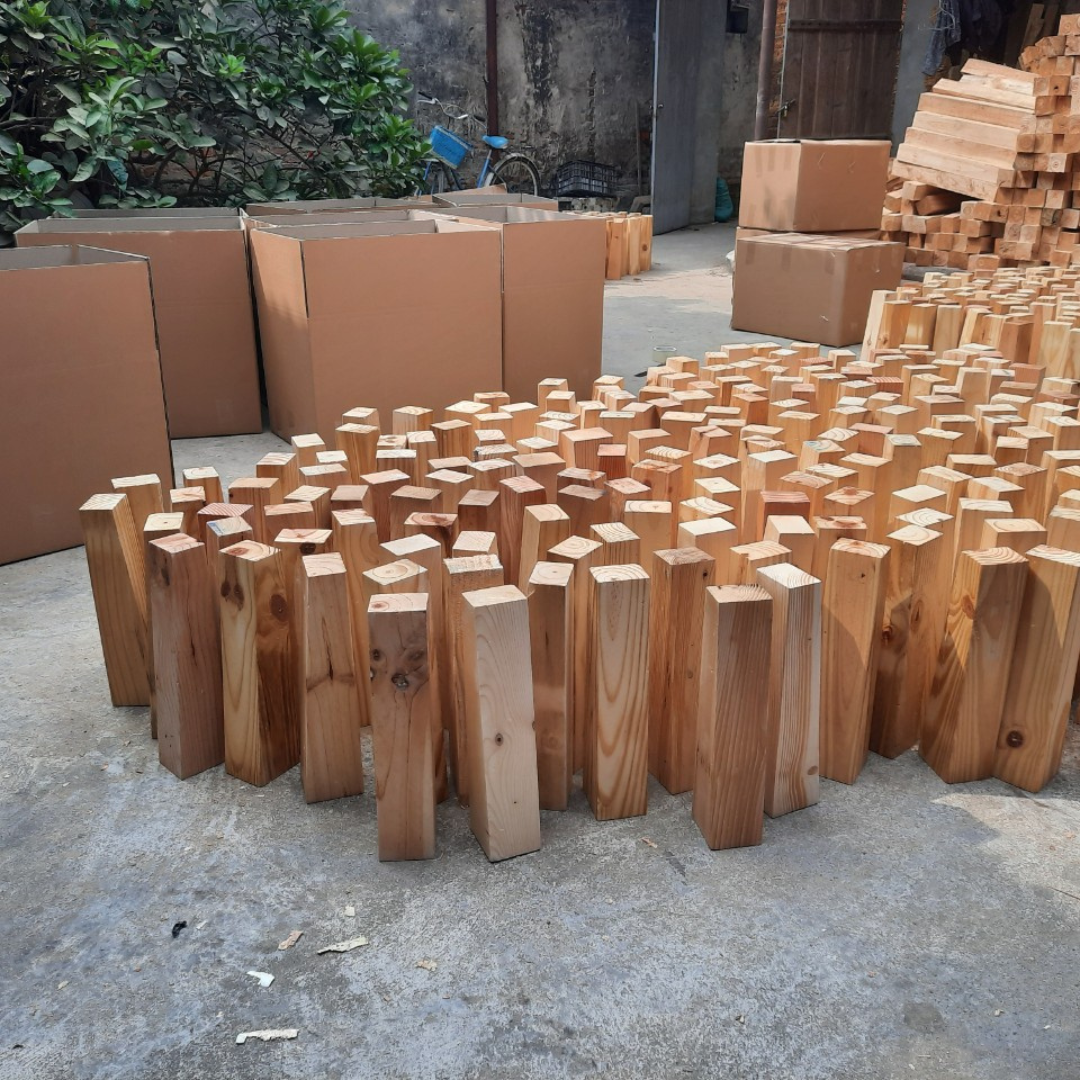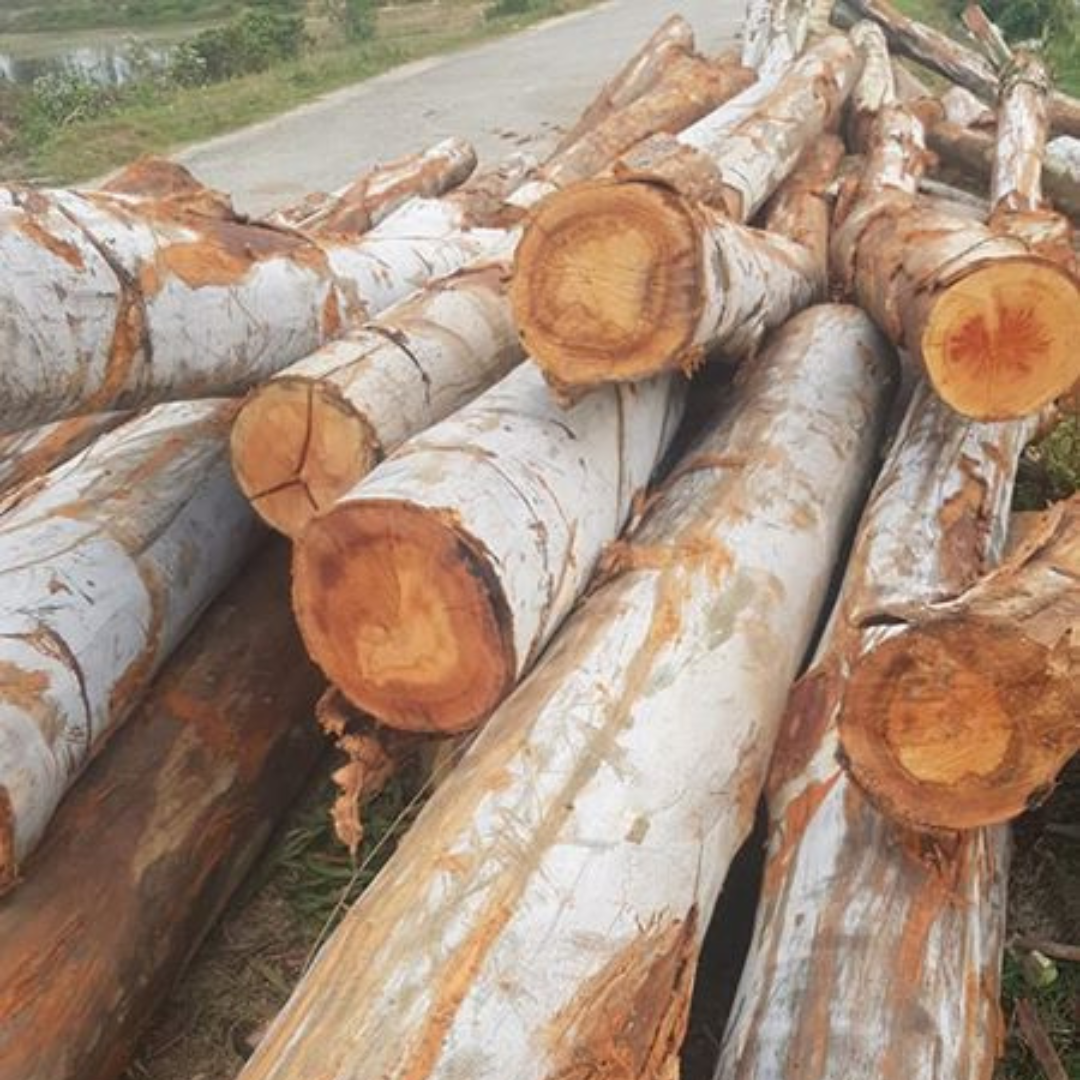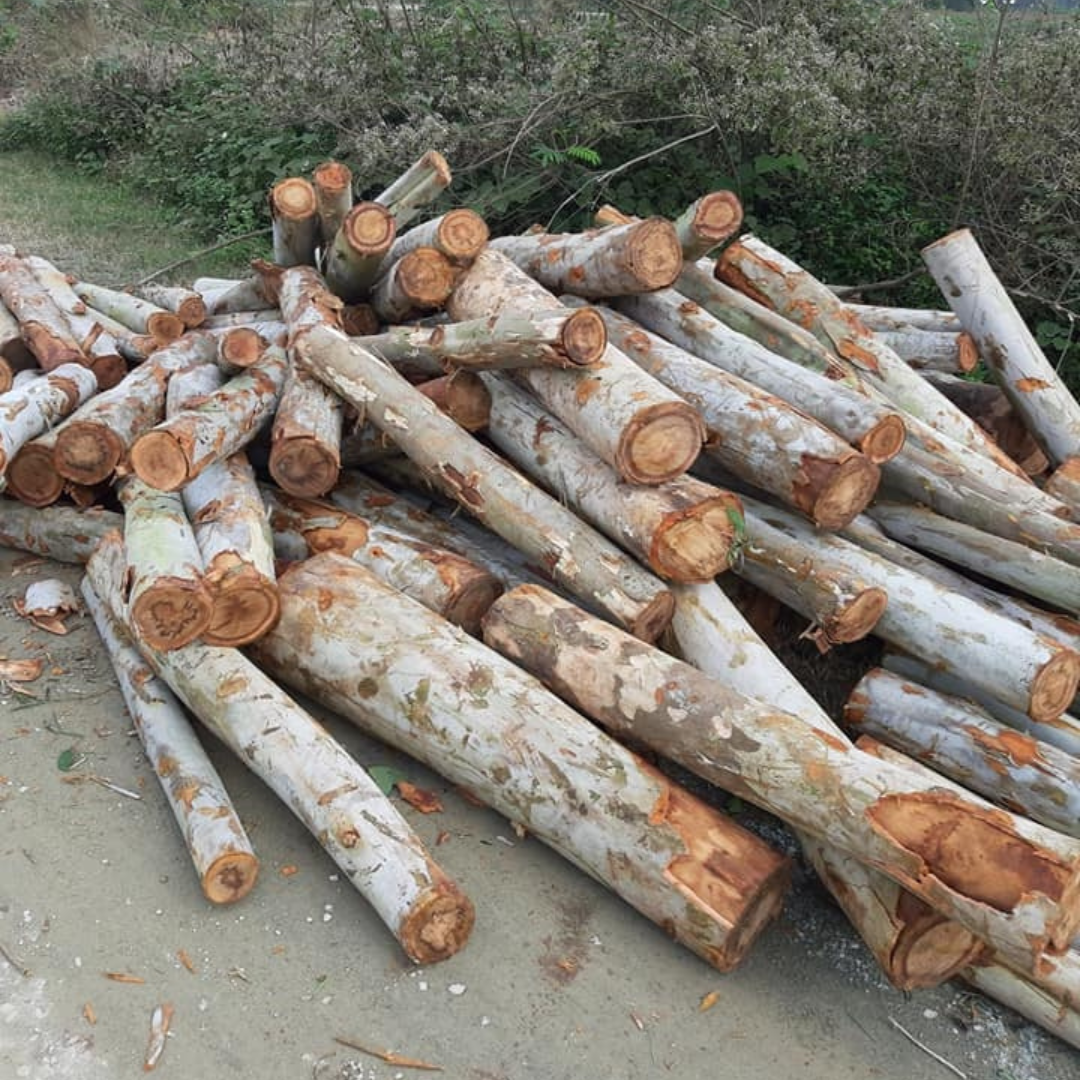-
Selection and Planning: Forestry experts carefully select eucalyptus trees for harvesting based on factors like age, size, and overall health. Sustainable forestry practices ensure that only mature trees are harvested, leaving younger trees to continue growing. Harvesting plans also consider factors such as soil conservation, wildlife habitats, and water quality.
-
Felling: Once the trees are selected, skilled loggers use chainsaws or specialized machinery to fell them. Care is taken to ensure that trees are felled in a controlled manner to prevent damage to surrounding vegetation and minimize safety risks.
-
Limbing and Bucking: After felling, the branches (limbs) are removed from the tree trunk, a process known as limbing. The trunk is then cut into manageable sections of uniform length, a process called bucking. This prepares the logs for transportation to processing facilities.
-
Transportation: The harvested eucalyptus wood logs are loaded onto trucks or other vehicles for transport to processing facilities. During transportation, measures are taken to secure the logs and prevent damage to surrounding areas.
-
Processing: At the processing facility, the raw logs undergo various treatments and processes depending on their intended use. This may include debarking (removing the outer bark), sawing into lumber or veneer, and drying to reduce moisture content. The processing methods employed vary depending on factors such as the desired end product and market demand.
-
Quality Control and Grading: Throughout the processing stages, quality control measures are implemented to ensure that the wood meets industry standards for strength, appearance, and durability. Logs may be graded based on criteria such as size, straightness, and freedom from defects.
-
Distribution and Utilization: Once processed, the eucalyptus wood products are distributed to various markets for use in construction, furniture making, paper production, and other applications. Sustainable forestry practices and responsible sourcing help ensure that eucalyptus wood continues to be available for future generations.
